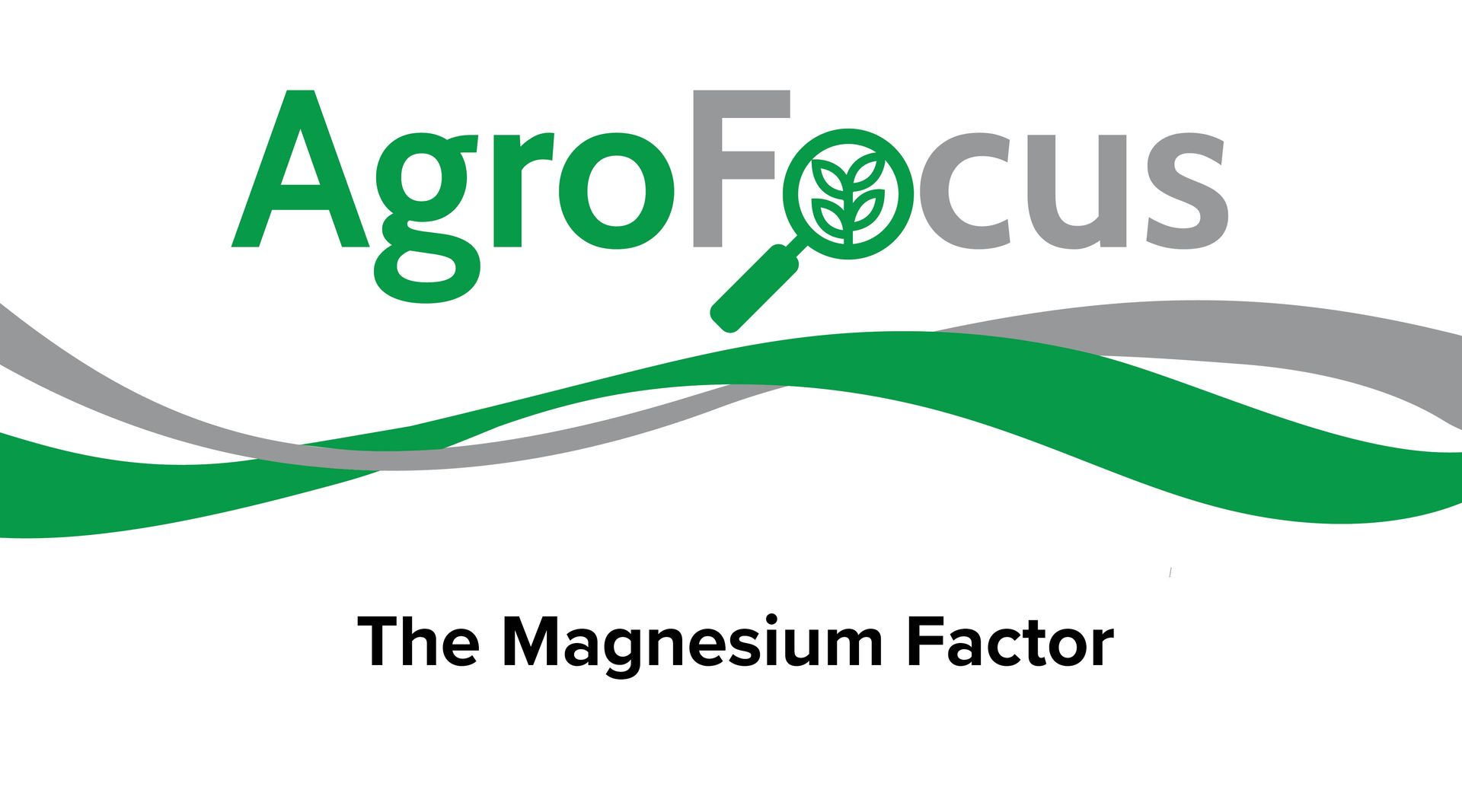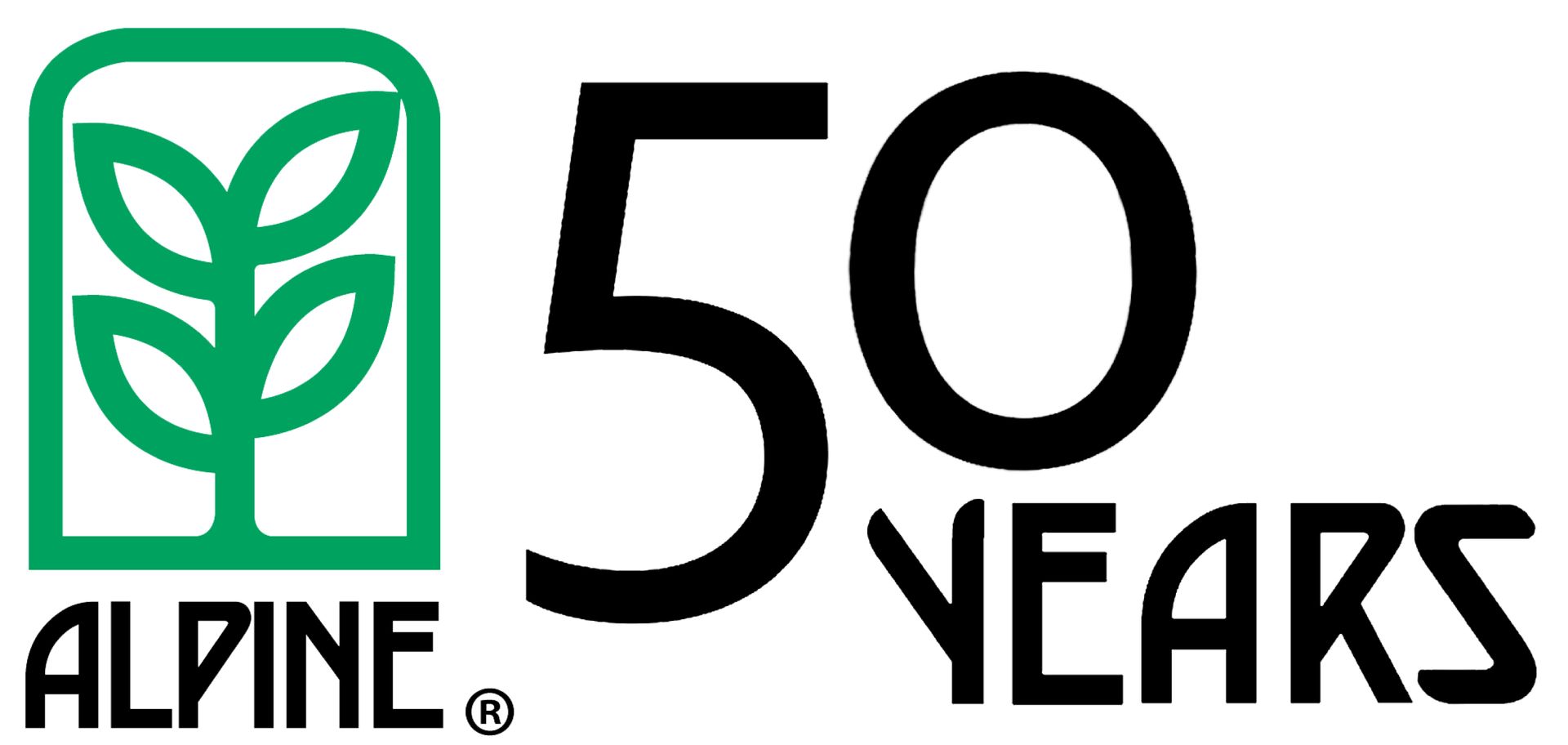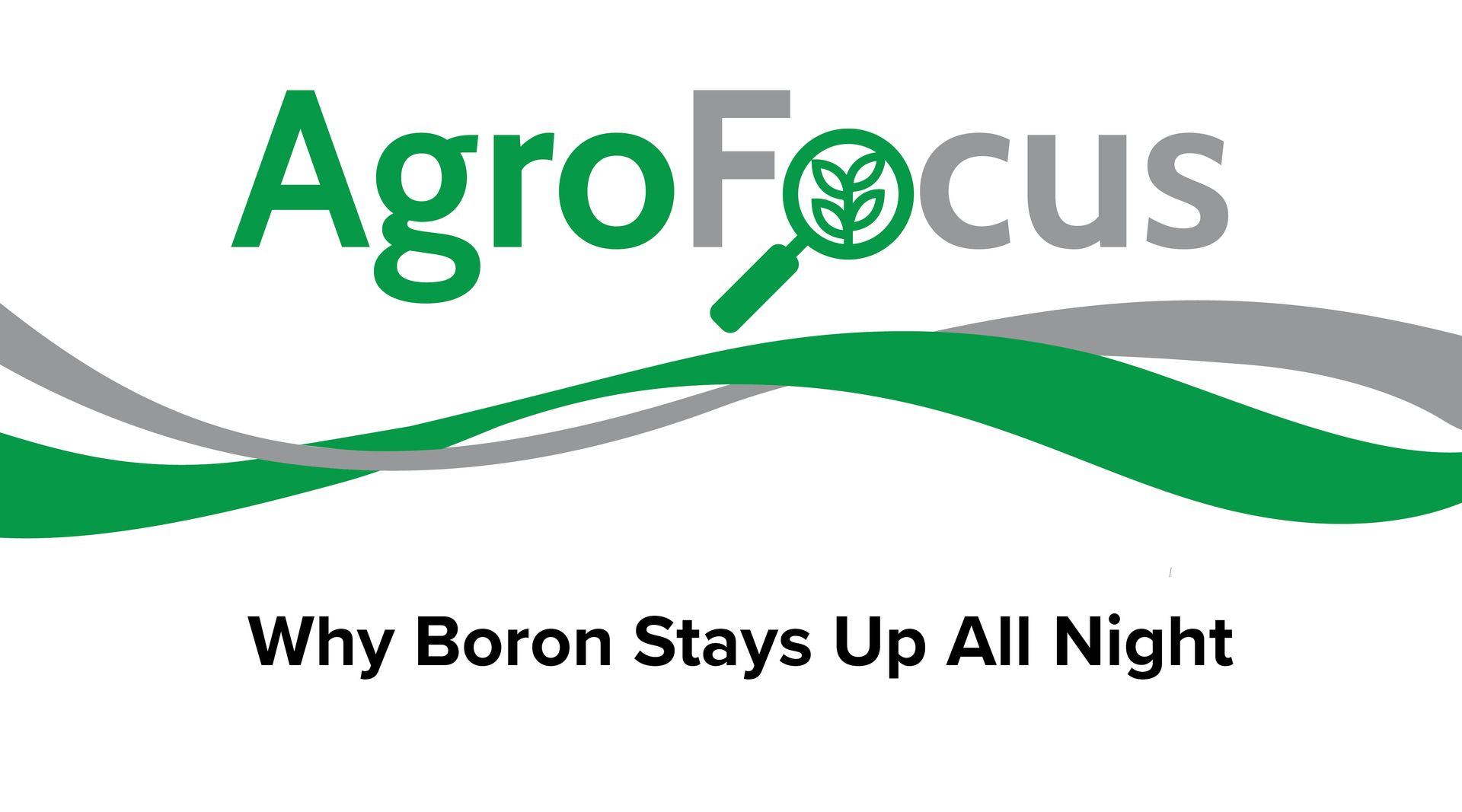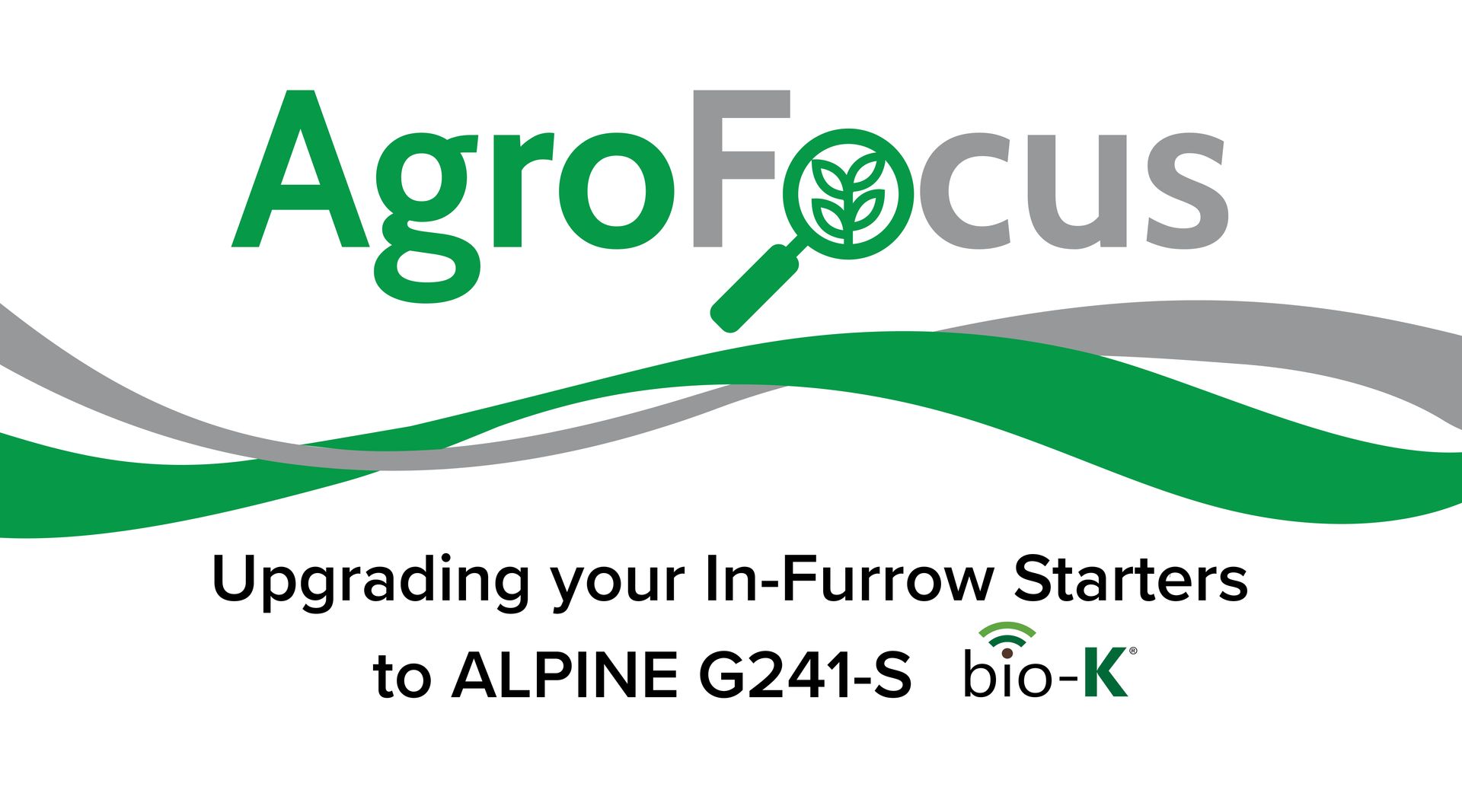All nutrients are important!
While many farmers will be waiting for weeks before planting winter wheat for grain production, thousands of acres are beginning to be planted now for grazing. Research is clear: a band of starter fertilizer, near or in the seed furrow has significantly increased forage production in many Texas and Oklahoma studies and is recommended practice everywhere. In Oklahoma, banding phosphorus has increased forage production of winter wheat in many studies. On particular study yielded more than 700 lbs forage per acre, compared to broadcast fertilization. Indications are that forage yield increases are greatest where soil pH is low. In the Texas Blackland prairie P fertilizer placement was studied for 17 years in 48 locations. In this study, P fertilizer was applied in-furrow with the seed, drilled half way between seed rows, and broadcast incorporated. P fertilization in general significantly increased yields. In-furrow placement was the most efficient method of application often yielding 1000 lbs more forage than Nitrogen alone. Fall development of the adventitious root system was three to five times greater where P was banded with the seed. While phosphorus has received the bulk of the attention when evaluating starter fertilizer performance on early season forage production, all nutrients are important: Including potassium in the starter blend is essential. The only nutrient taken up in greater amounts during the vegetative stage of wheat development is nitrogen. K increases drought and disease resistance. Micronutrient fertilization has been linked with greater forage production and plant health. The use of starter fertilizer enhances crop growth primarily because it places a readily available supply of plant nutrients in a position where they are easily accessible to the limited root system of a seedling. Even though a soil may have high fertility, a seedling's root system may not be able to obtain the necessary nutrients due to lack of size and density within the soil. Once a plant's root system is established, it will then be able to extract nutrients from the bulk of the soil.
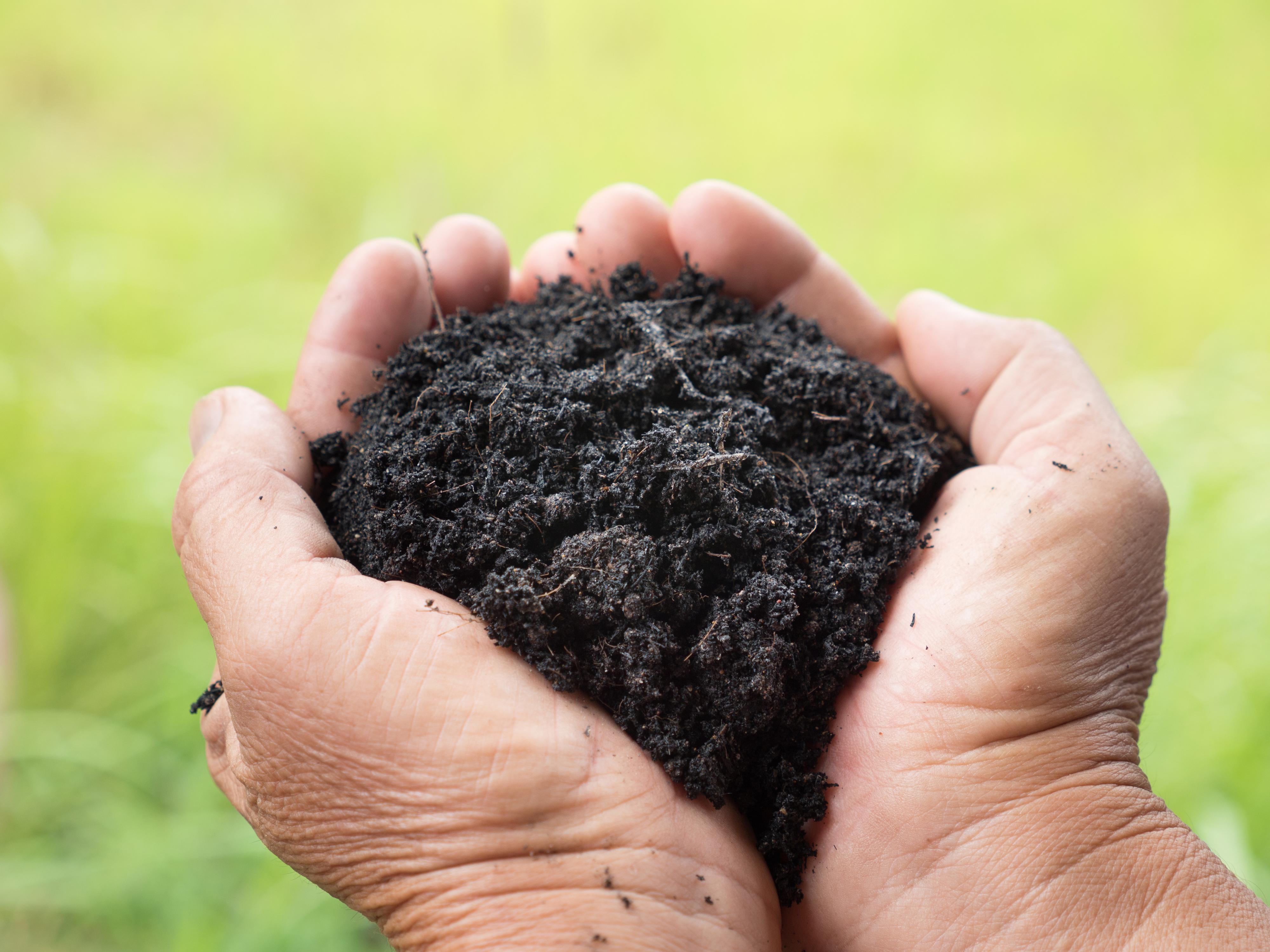
While many farmers will be waiting for weeks before planting winter wheat for grain production, thousands of acres are beginning to be planted now for grazing.
Research is clear: a band of starter fertilizer, near or in the seed furrow has significantly increased forage production in many Texas and Oklahoma studies and is recommended practice everywhere.
- In Oklahoma, banding phosphorus has increased forage production of winter wheat in many studies. On particular study yielded more than 700 lbs forage per acre, compared to broadcast fertilization. Indications are that forage yield increases are greatest where soil pH is low.
- In the Texas Blackland prairie P fertilizer placement was studied for 17 years in 48 locations. In this study, P fertilizer was applied in-furrow with the seed, drilled half way between seed rows, and broadcast incorporated. P fertilization in general significantly increased yields.
- In-furrow placement was the most efficient method of application often yielding 1000 lbs more forage than Nitrogen alone.
- Fall development of the adventitious root system was three to five times greater where P was banded with the seed.
While phosphorus has received the bulk of the attention when evaluating starter fertilizer performance on early season forage production, all nutrients are important:
- Including potassium in the starter blend is essential.
- The only nutrient taken up in greater amounts during the vegetative stage of wheat development is nitrogen.
- K increases drought and disease resistance.
- Micronutrient fertilization has been linked with greater forage production and plant health.
